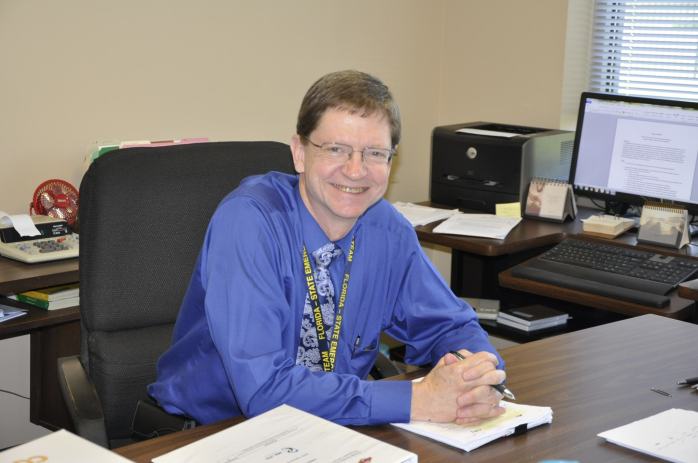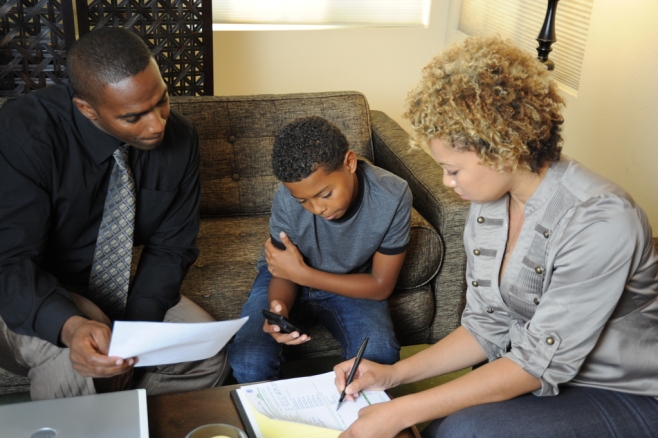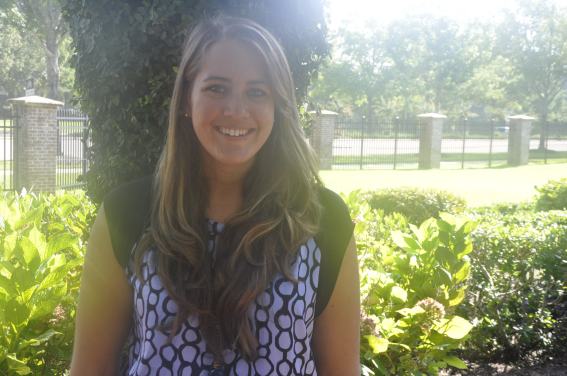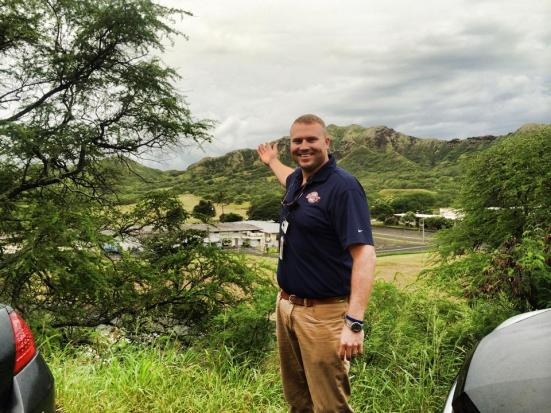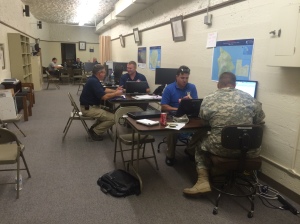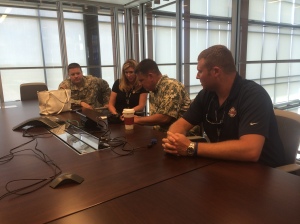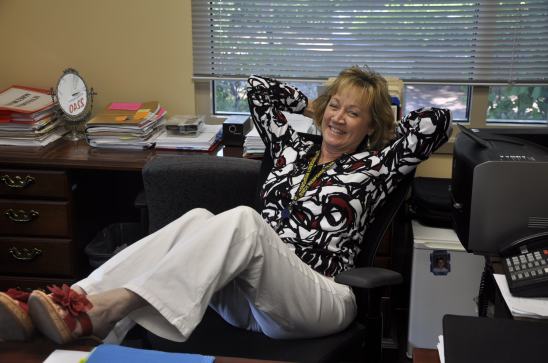Have you ever wondered who in Florida keeps track of all of the hazards that impact its citizens? The Florida State Watch Office (SWO) is tasked with doing just that. Collocated in the State Emergency Operations Center (SEOC), their mission is to keep the Governor and his State Emergency Response Team (SERT) in the know on what emergencies and disasters are occurring within Florida. Staffed 24/7/365 they monitor the weather, local and national news, social media, FEMA reports, and answer phone calls from counties and the public to accomplish this mission.
The SWO takes between 8,000 and 9,000 incidents a year. They include simple fuel spills, radiological emergencies, damages from severe weather, even rocket launches from Cape Canaveral. A detailed list of hazards that are called in over the course of the year are in the table below. The information for these incidents is generally given to the SWO from a county Public Safety Answering Point (PSAP). Sometimes they even get information from the general public. The collected information is logged into an incident tracking system and then disseminated to local, state, tribal, federal, and private partners to aid in their response actions.
|
Hazards Monitored by the State Watch Office |
|
| Natural Hazards | Technological Hazards |
| Hurricanes | Terrorism |
| Tornadoes | Mass Migration |
| Flooding | Radiological |
| Wildfire | Hazardous Materials |
| Severe Thunderstorms | Special Events (2012 Republican National Convention, Super Bowl) |
| Severe Hot and Cold | Transportation Accidents (Rail, Aircraft, Motor Vehicle, Marine) |
| Earthquakes | Law Enforcement Incidents |
The State Watch Office operates with three different levels of staffing:
Operations (Ops) Officers: Operations Officers answer the phones, log all of the given information, manage the SEOC calendar, monitor news and weather, and conduct communications checks with all of our partners. At least one Ops Officer is in the SWO at all times.
Duty Officers: Duty Officers are responsible for making sure that the SWO has adequate staffing, training staff, backing-up the Operations Officers, and completing special projects for the SWO and Operations Section. One of the Duty Officers is on-call at all times to help assist operators after-hours. They are ready to come to the SWO to assist with SWO operations and brief Division leadership within 30 minutes of being called by the Ops Officer on-shift.
Watch Officers: Watch Officers are the managers of the SWO. They approve timesheets, schedules, off-site training requests, back-up the Duty Officers, and manage large projects for the Operations Section as well as the rest of the Division. Their role in interfacing with the rest of the FDEM is crucial to our overall mission. During a disaster they are Deputy Operation Section Chiefs. They assist the Operations Section Chief when the SEOC is activated and ensure that resources requests from the counties are fulfilled.
When a hazard gets so large that the SWO is overwhelmed with resource requests and information the Director and the State Emergency Response Team (SERT) Chief activate the SERT. The SWO is the entity that notifies all of Florida’s response partners that they are required to report to the SEOC to support its activation. Once the SERT is operational, the SWO returns to monitoring the rest of Florida and ensures other counties have the support they need in their normal day-to-day operations. We had the opportunity to ask Axel Runtschke, one of the SWO’s Duty Officers, a few questions about the office. Axel is a Duty Officer with the State Watch Office and has worked for the Division for two and a half years.
Q: What is a typical day in the SWO like?
A: There is no typical day. Some days we only get a few phone calls. We are just monitoring news, social media, completing projects and conducting staff training. Other days we have our phones ringing off the hook with storm damage reports, wildfires causing evacuations, or even a Nuclear Power Plant conducting an unannounced communications drill with us. When I come into work I never know what I am going to do that day.
Q: What is the most frequent hazard phoned into the SWO?
A: Our frequent flyers in the SWO would definitely be severe weather or petroleum. We are the call center for the Department of Environmental Protection so if anything hazardous is released we get the phone call. With weather, the state is so large and experiences almost every type of weather there is. Just about every day some sort of severe weather threatens the state.
Q: What is the most important tool that you have within the SWO?
A: The most important tool that we have is our staff. We have some of the most sophisticated equipment there is but without our dedicated, highly motivated, and trained staff it would just collect dust. They are invaluable in making sense of all of the information we get on a daily basis and passing it on to our partners.
Q: From your time in the SWO what is the one incident that sticks with you?
A: The North Florida Freezing event we had last year. I was the operator that got the call that I-10 was being closed from Alabama to Lake City. The rest of the day we had reports of all of the roadways that were being closed by counties because they were unsafe. It was a very out of the ordinary shift!
In our next spotlight we will cover the State Emergency Response Team. If you have any questions on the Division, want a particular topic covered, or would like more information please contact us at dem_external_affairs@em.myflorida.com.

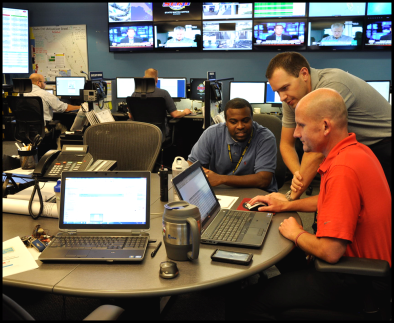
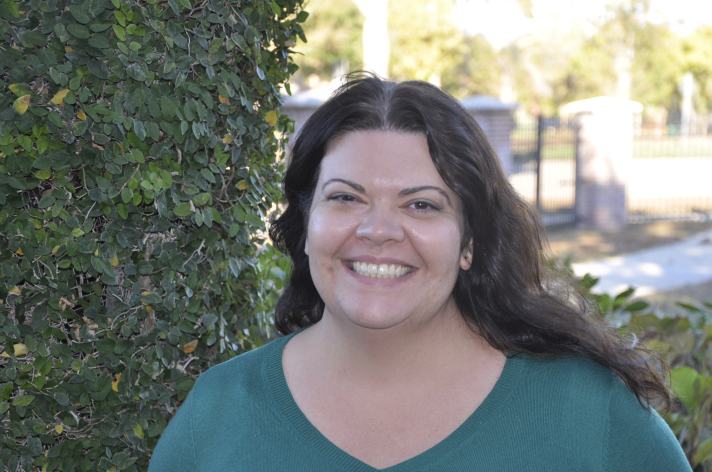

 s an easier and more fun topic for children to pick up and share with their family.
s an easier and more fun topic for children to pick up and share with their family.